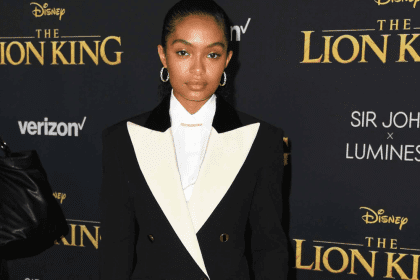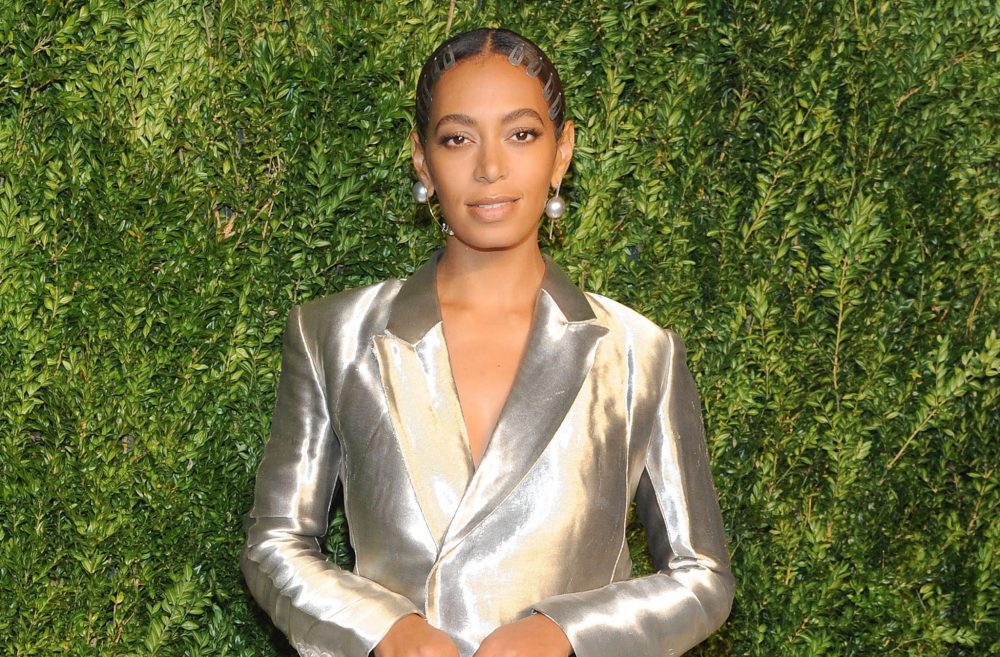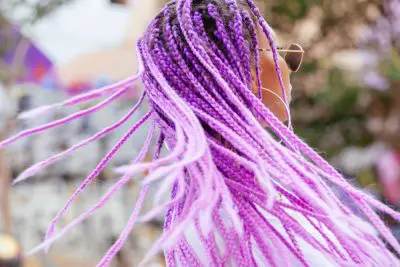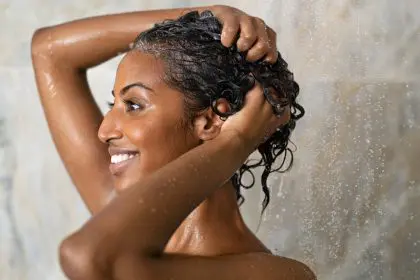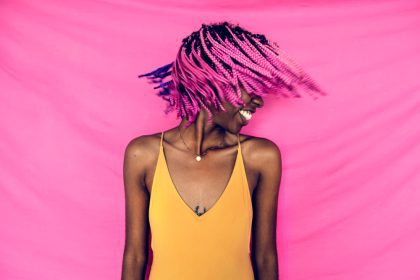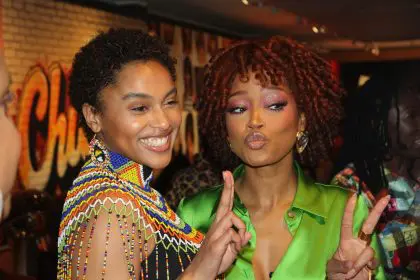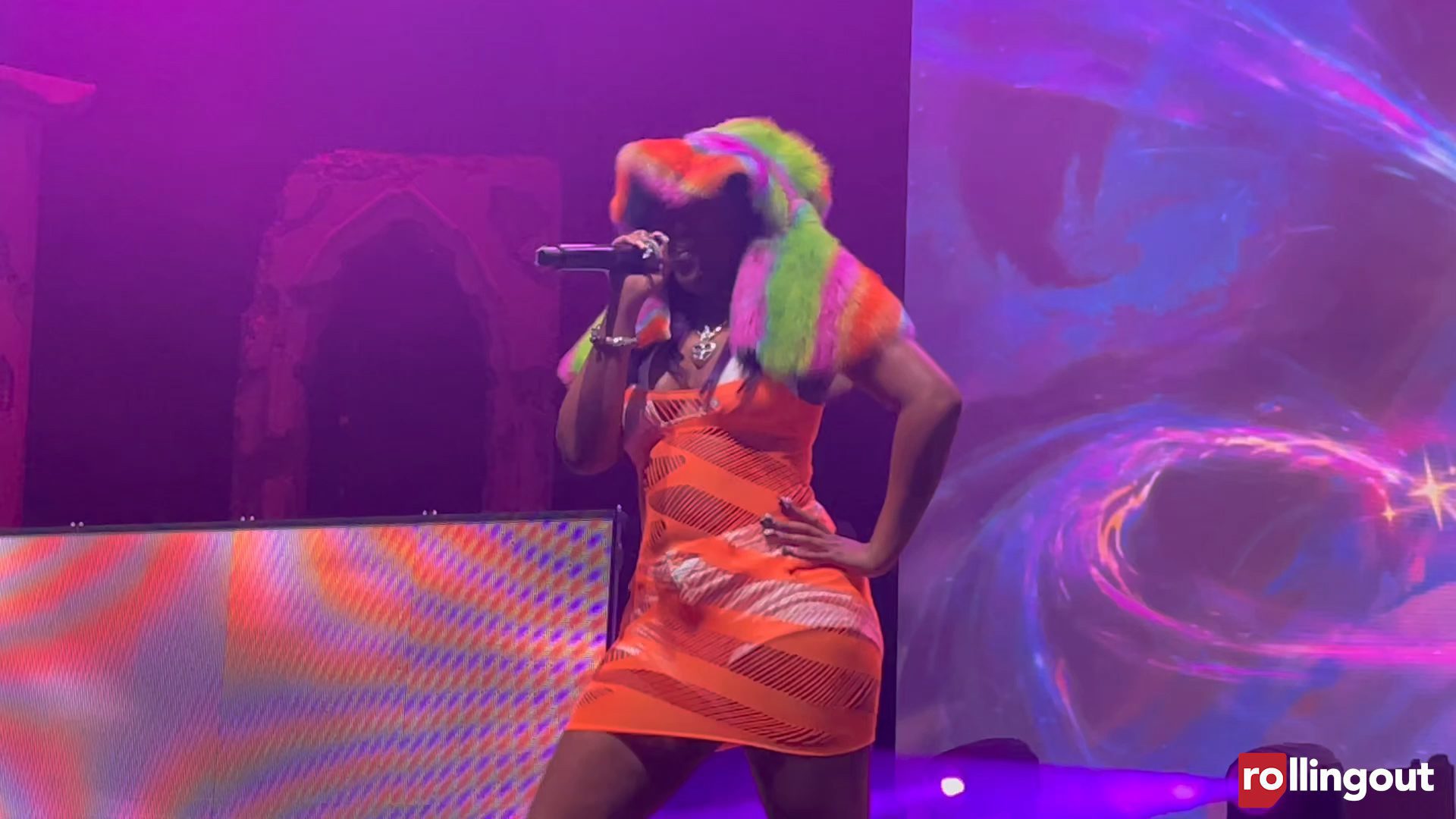 The beauty of natural hair is that each individual has their own unique curl pattern. Whether tight, loose, wavy, or a mixture of all three partying on top of your head, it can be quite an adventure getting those curls to cooperate.We’ve given you a breakdown on the three types of curl patterns: wavy, curly, and kinky. Read on to discover which curl is yours and how you can get the best out of your lively locks. —mckenzie harris
The beauty of natural hair is that each individual has their own unique curl pattern. Whether tight, loose, wavy, or a mixture of all three partying on top of your head, it can be quite an adventure getting those curls to cooperate.We’ve given you a breakdown on the three types of curl patterns: wavy, curly, and kinky. Read on to discover which curl is yours and how you can get the best out of your lively locks. —mckenzie harris
Type 1: Wavy
With type 1 hair, the wave or curl is shaped in an “S” pattern throughout the head. The first sublet to this type of curl is type 2a: fine, thin and very easy to handle; also easily straightened or curled. The second sublet is type 1b: medium textured, a little resistant to styling, and a tendency to frizz. The third sublet is 1c: thick, coarse, more resistant to styling and frizzes easily. Ex: Ananda Lewis

Type 1 hair requires using lighter products that enhance curls and don’t weigh them down. To eliminate frizz and flyaways, smooth a light pomade over your curls.
Type 2: Curly
Type 2 hair has a lot of body and is easily styled into it’s natural state leaving curls well defined and springy. Although it appears, coarse, this hair type is actually soft and very fine. The first sublet to this curl pattern is type 3a: curls are naturally big, loose, and very shiny. Type 2b: medium type of curl, from bouncy ringlets to tight corkscrews. The last sublet is 2c: hair has tight curls and corkscrews, usually the circumference of a pencil or straw. The curl can be either kinky, or very tightly curled, with lots of strands packed together. Ex: Garcelle Beauvais

Type 2 hair needs extra TLC and moisture because it can be fragile. Detangle hair with lots of conditioner using a wide tooth comb or detangling brush.
Type 3: Kinky
Type 3 hair is kinky or very tightly curled, with a visible curl pattern. The hair is very wirey, very fragile, and known to shrink up to 75 percent of the actual hair length. The first sublet is 4a: tightly coiled hair that when stretched, has an “S” pattern, and a definite curl pattern. Type 4b hair bends in sharp angles similar to a “Z” pattern, less of a defined curl pattern, and has a cotton-like feel. Ex: Solange Knowles
Type 3 hair needs extra moisture, butters and hair oils and also responds well to air drying and hooded dryers.


